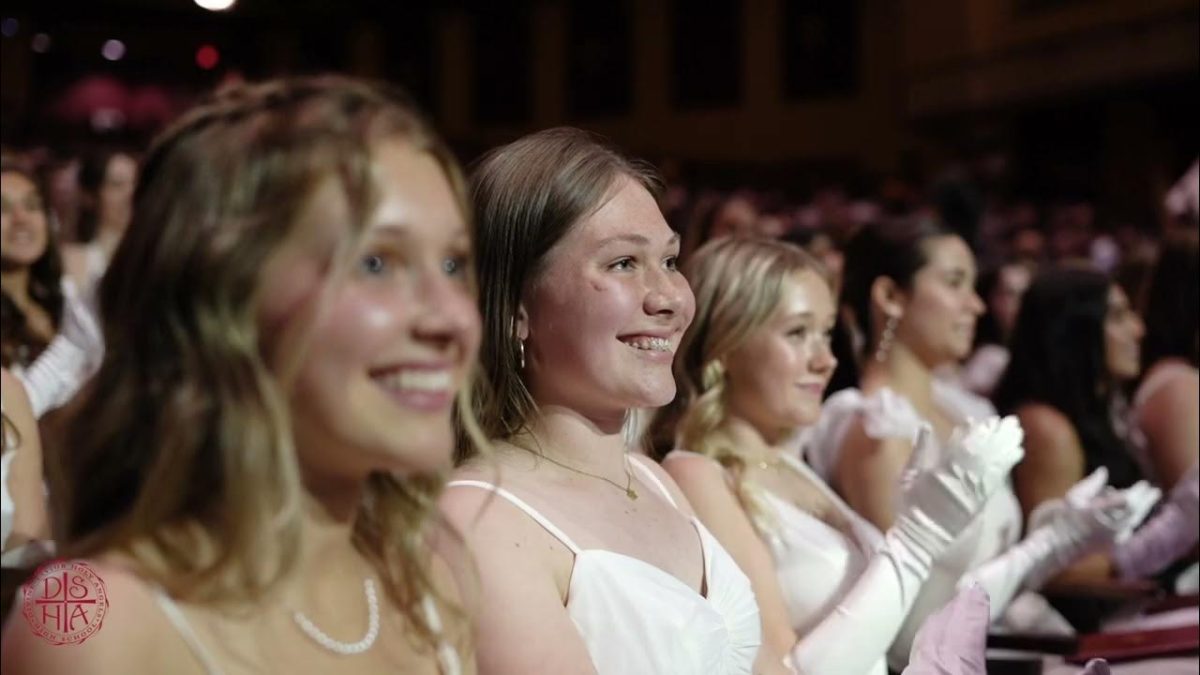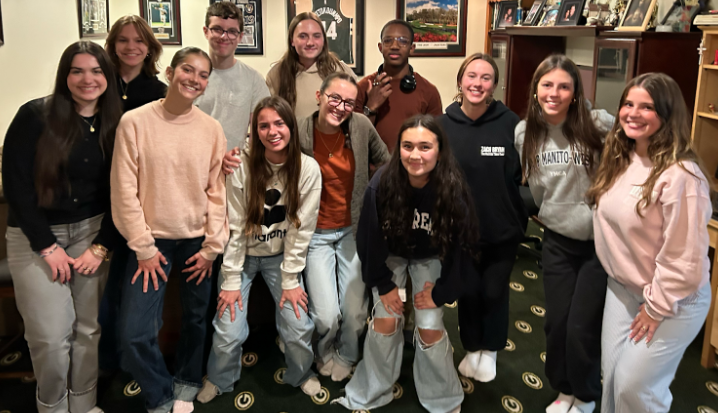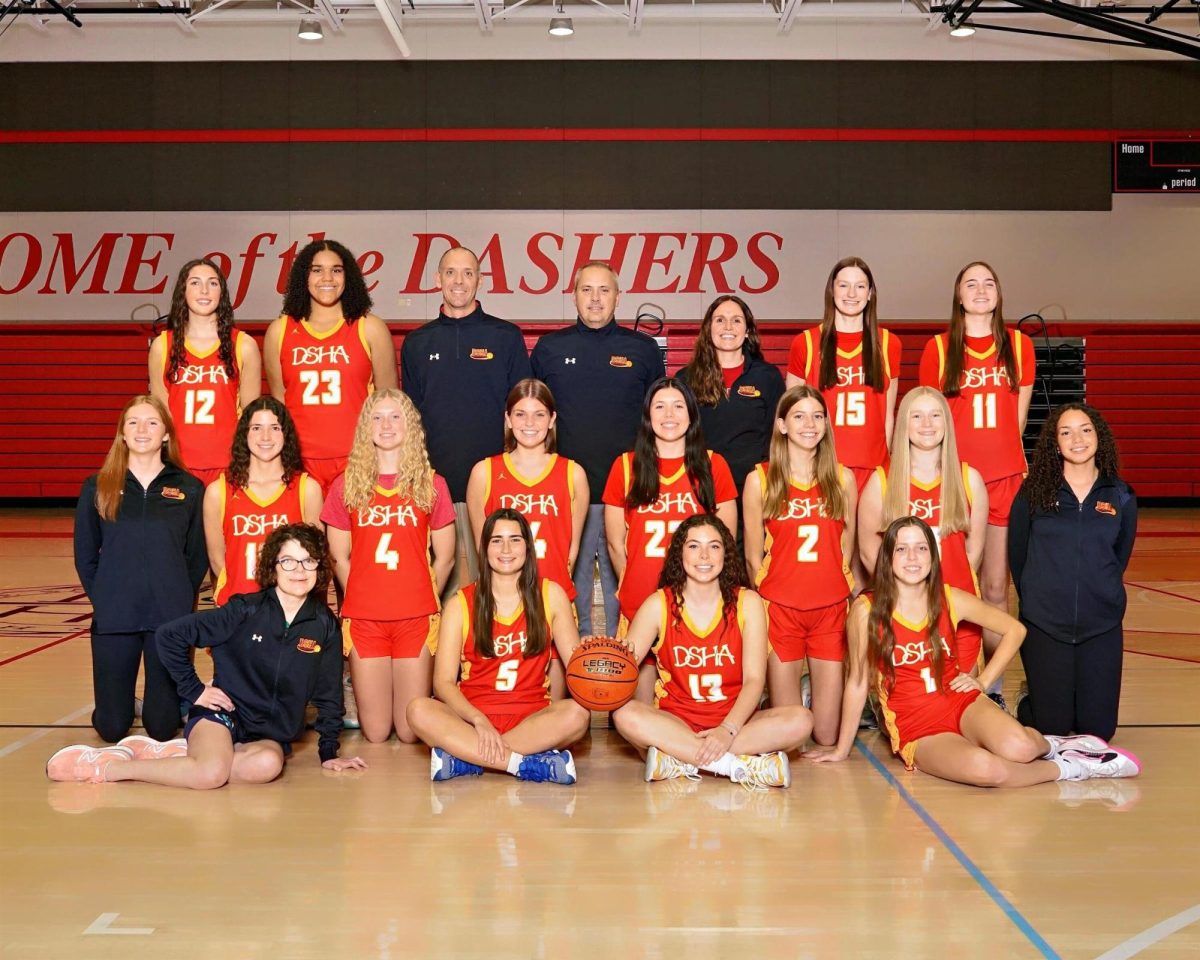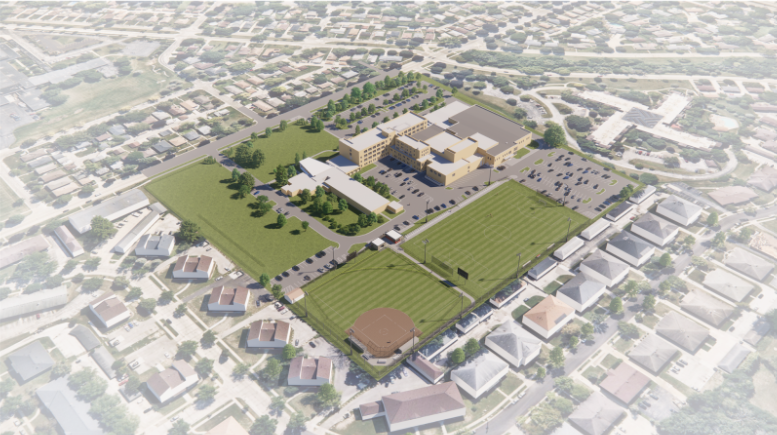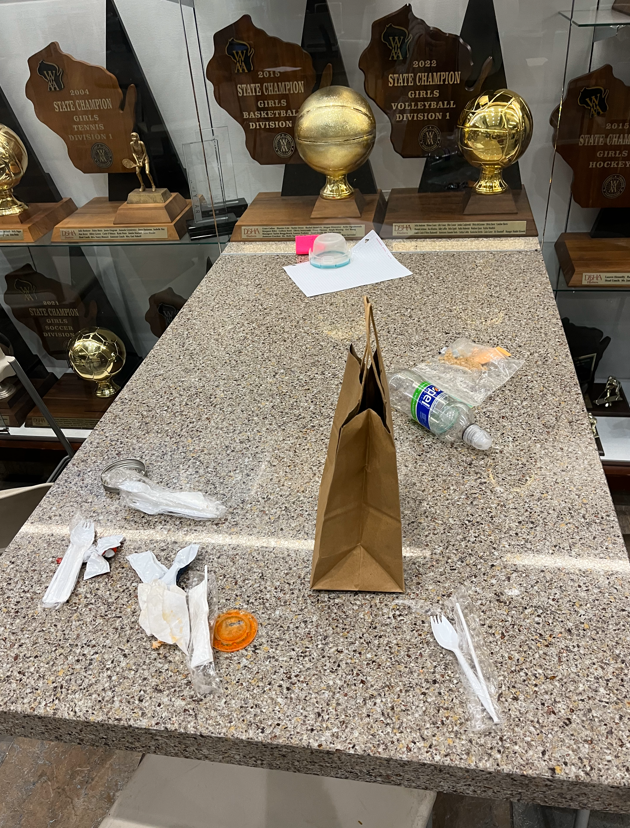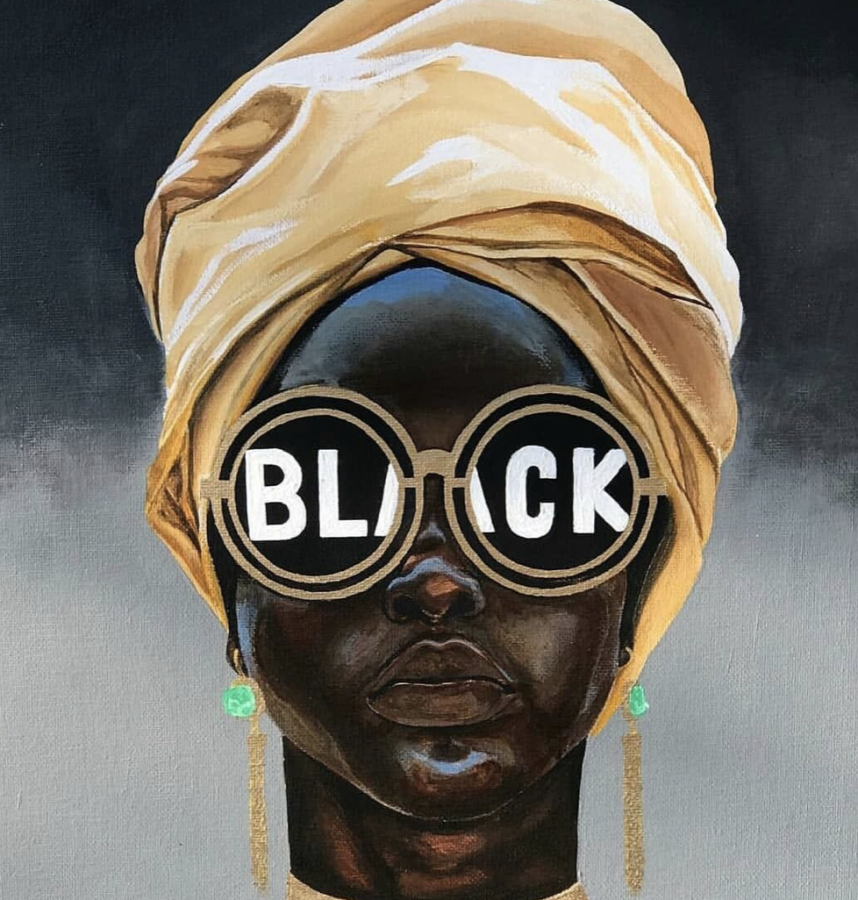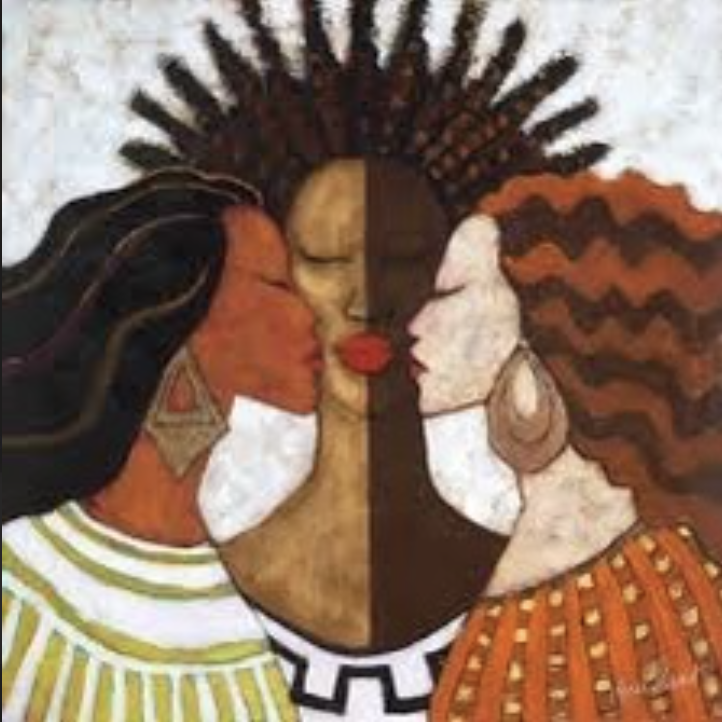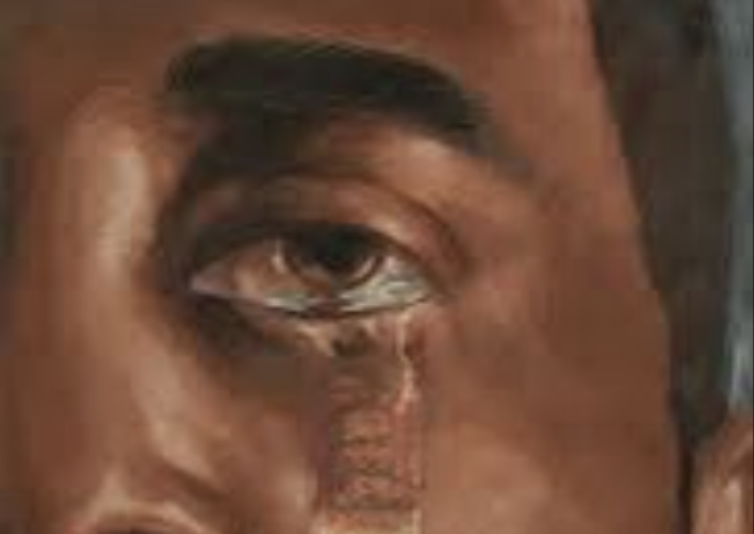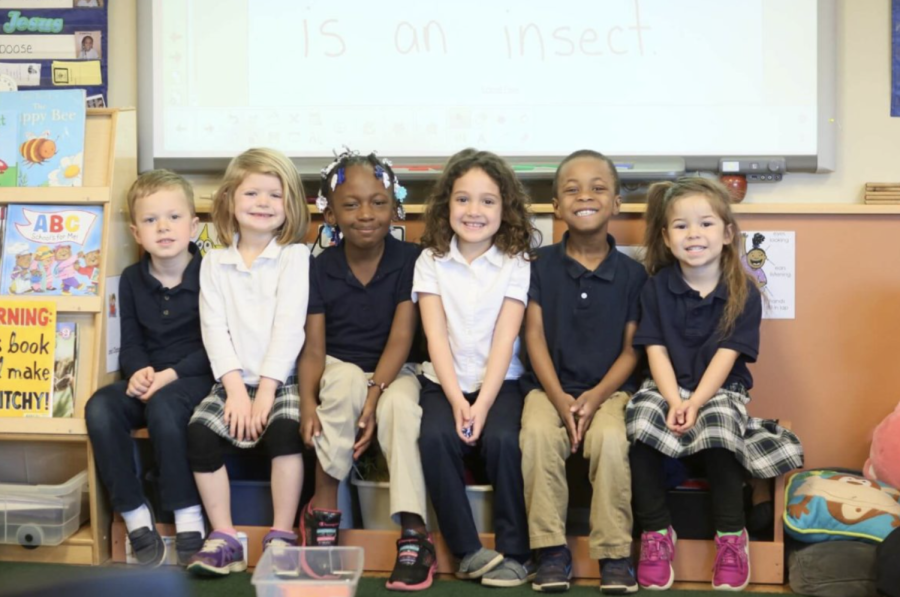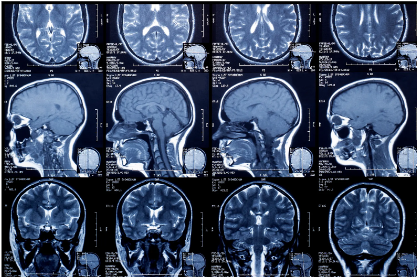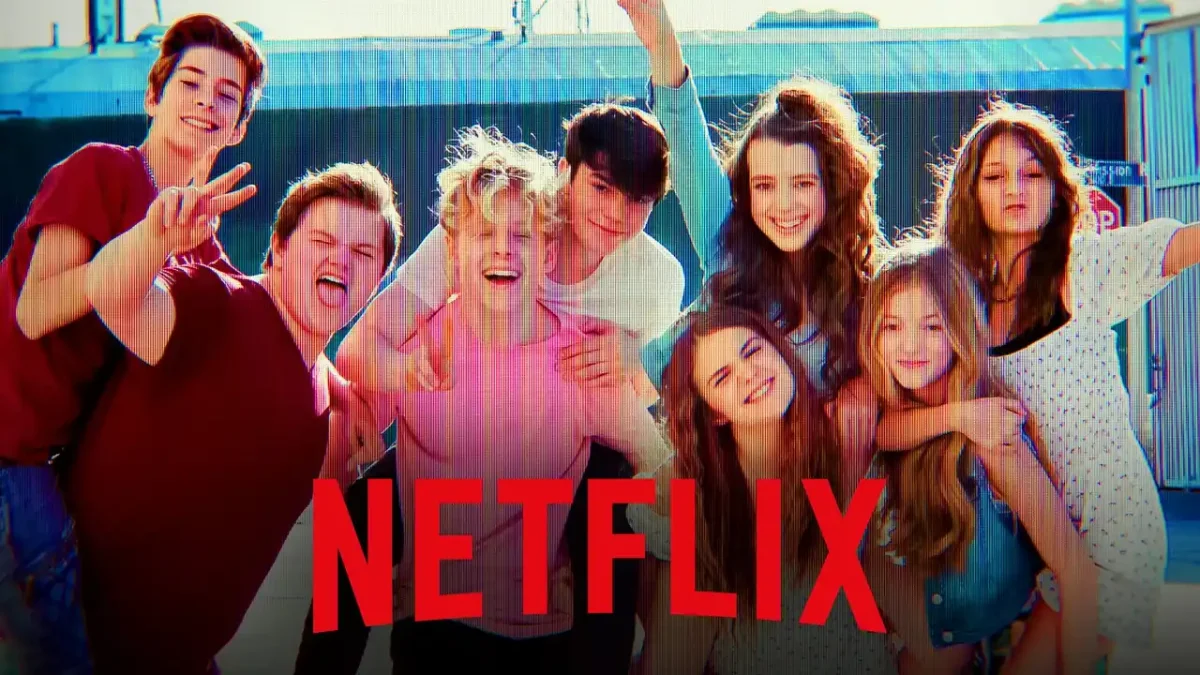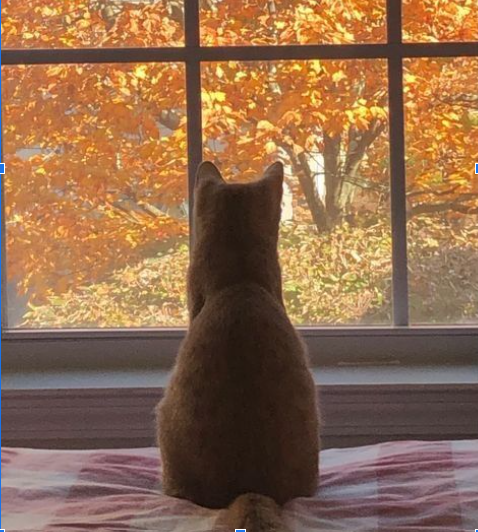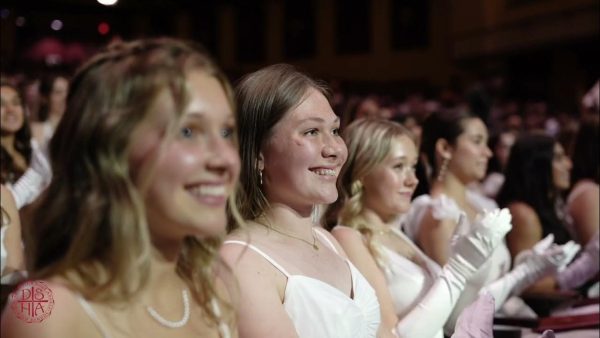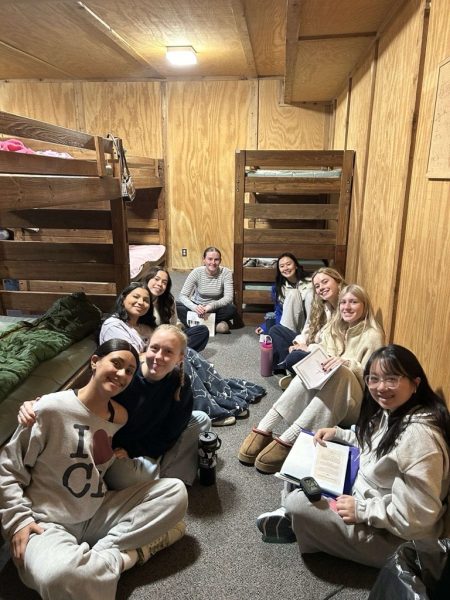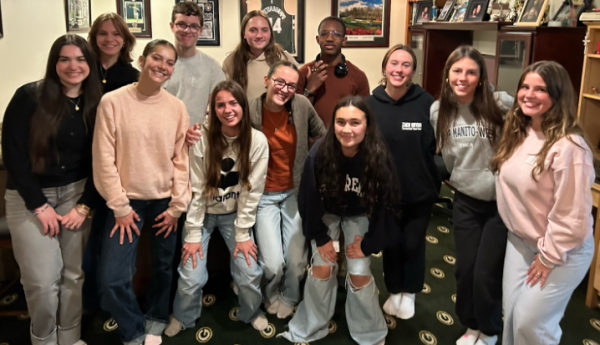Growing Together: 2023 DSHA Civil Rights Pilgrimage
This March, DSHA offered a Civil Rights Pilgrimage to Washington D.C. for sophomores, juniors, and seniors as an opportunity to educate our dashers on important social issues that continue to impact our communities today. It created a space for students of multiple grade levels, backgrounds, and walks of life to craft a deeper understanding of civil rights in America.
One of the main focuses of our trip was our visit to the National Museum of African American History and Culture. Each detailed exhibit focused on a period of time in the fight for racial justice and equality for African Americans and included historical objects such as Harriet Tubman’s handkerchief or shackles, some that were small enough for a young child. One of the most impactful exhibits in the museum was the Emmit Till memorial which shared the sobering story of his horrifying murder when he was around our age. His original casket was also on display. The upper three floors highlighted black culture: each floor was focused on something specific, like music, sports, and visual arts, as well as a floor dedicated to interactive exhibits. It was extremely powerful to be able to start at the bottom, which displayed the difficult and saddening reality of the slave trade and the beginnings of racial divides in America, and then move on to appreciate all the beautiful accomplishments of African Americans in our country. We were able to observe both struggles and triumphs in the most beautiful way.
We were also able to visit the National Portrait Gallery. The gallery held many different styles of art, including an exhibit dedicated to portraits highlighting black women. On Thursday evening, our group was led on a nighttime tour of the national monuments at night, where our tour guide informed us of the significance of the architecture and historical value of each monument. We spent Friday touring Howard University, and Georgetown University, where we were able to walk around the campuses in self-guided tour groups. At Howard, a group of us were able to visit the university’s library, which holds one of the largest collections of Black literature in the world. An employee told us that this library also served as a practice room for Supreme Court justice Thurgood Marshall’s arguments regarding the monumental court case Brown v. Board of Education, and Kamala Harris for her Vice Presidential debates. We also learned that Georgetown was only able to stay open in 1838 only by selling 272 slaves on the school grounds. There is some evidence of reparation such as renaming multiple of their buildings to commemorate the enslaved people that were sold on the campus. Despite the beginning of their process to make reparations with the descendents, Georgetown still has much work to do to keep their promises.
Experiencing the bustle and hustle of our nation’s capital was truly thrilling, as we were able to see the Vice President’s car drive by and the President’s helicopter take off. Seeing the White House and Capitol felt surreal and was a dream come true for many students. We also truly embraced the city lifestyle, walking 30,000 steps in one day, commuting using only public transport, and braving walks in the rainy weather. Possibly the most impactful memory was our group reflection on Friday evening. After getting back to the hotel after two full days of adventuring, we sat down to discuss all we had learned and observed. It allowed us to not only comment on our experiences in Washington D.C., but also encouraged the group to connect to situations and circumstances that affected us at home and at DSHA. Our group reflection revealed the beauty of the discussion and ideas that can result in a group of people coming together over a cause they are passionate about. Each participant was given the chance to speak about what was on their mind, and we discovered that many of our stories and experiences were intertwined. Some moments brought tears to our eyes, and others brought smiles and laughs that filled the entire room. We discussed the work that needs to be done as a DSHA community surrounding racial and social prejudice and disparity. Our discussion with the participants made quite the impact on us and reinforced our wish for every student and staff member at DSHA to connect to each other and the issues at hand regarding racial and social justice. Participating in the Civil Rights Pilgrimage was a privilege that we hope others can experience. The emotions and realizations we were able to share were truly eye-opening and leave us willing to carry this experience with us and share our newfound knowledge with our community.
At DSHA, we are able to encourage students and staff to advocate for what they believe in and value, while also educating themselves on issues that impact our school community on a daily basis. During our reflection, we spoke about the importance of Dasher Dialogues and the amount of work that our DEI committee puts into those presentations for our school community. This school year, DEI has held Dasher Dialogues on World Religions, Cultural Appreciation vs. Appropriation, Mental Health, Black History Month, Eating Disorders, and Feminism/Self Esteem. Despite the incredible time and energy put into these valuable presentations, only a small group of students have chosen to engage in the opportunities offered or signed up and not shown up. As we learned on our trip, showing up is the first step to educating oneself and creating a more accepting community. This trip gave our group of students the chance to start a conversation that we do not plan to end and hope to see spread further within the greater community.
We would love to extend a huge thank you to our coordinator and fearless leader, Mrs. Metz, as well as our amazing chaperones, Mr. Dawson, Mrs. Shea, Judge Mosley, and Ms. Blaze. We are also so thankful to the Sisters of the Divine Savior for valuing this issue and pilgrimage as part of their mission. The memories and messages we took away from these few days have impacted us in unimaginable ways, and will be carried with us throughout our futures.
Your donation will support the student journalists of Divine Savior Holy Angels High School. Your contribution will allow us to purchase equipment and cover our annual website hosting costs.

I am so excited to be serving as one of The Word’s Editor-In-Chief this year! This will be my third year as a member of the newspaper. I have always...
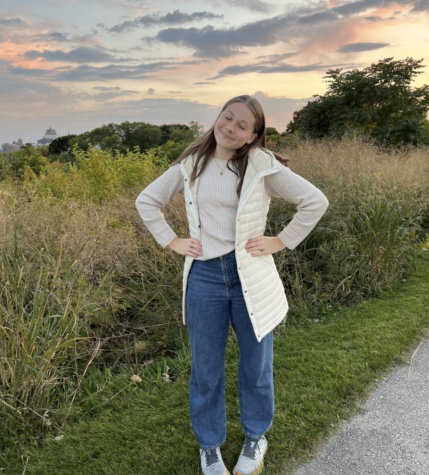
Ever since I was in second grade, I knew that I liked to write, and ever since I started
taking pictures with my Mom’s phone in middle school, I knew...



